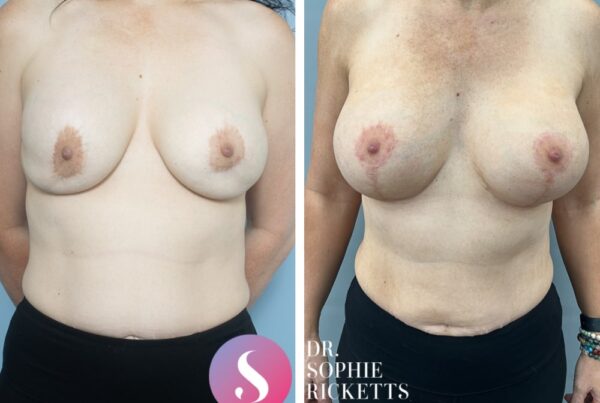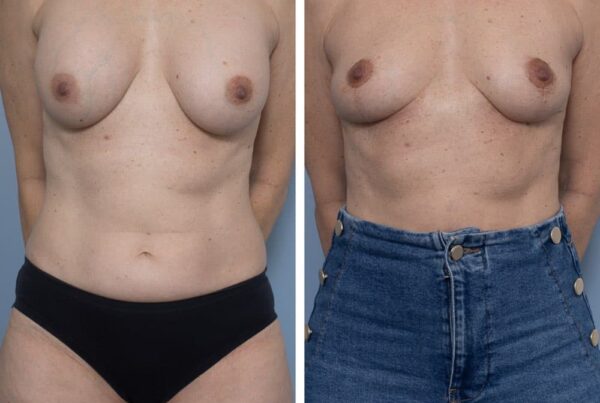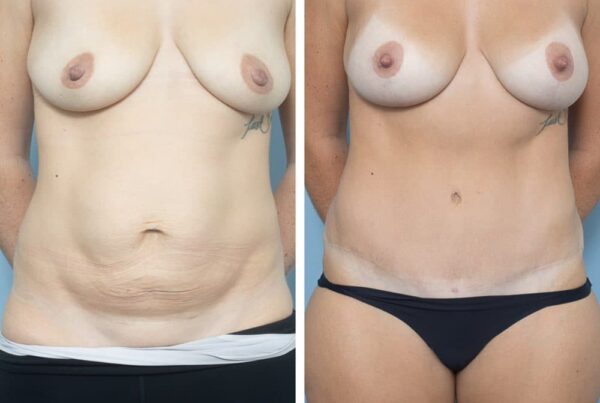Why might breast lift surgery be considered?
A breast lift, or mastopexy, is a surgical procedure that changes the position of breast tissue and skin. Some people seek advice about this surgery following pregnancy, breastfeeding, weight changes, or because of their natural breast shape.
Will I need an implant as well?
A breast lift repositions the breast tissue and skin but does not significantly change breast volume. If a person is satisfied with their current breast size, a lift may be considered without implants. If increased volume is desired, an implant may be discussed in addition to a lift.
Will there be scars?
All surgery results in scarring. For breast lift procedures, scars may be placed around the areola (circle), around the areola with a vertical line beneath (lollipop), or around the areola with vertical and horizontal lines (anchor). The approach depends on individual anatomy and the surgical plan.
Can breastfeeding be affected after a lift?
Breastfeeding is sometimes possible after a breast lift, though the procedure can disrupt some of the milk-producing glands or ducts. The ability to breastfeed varies between individuals and cannot be guaranteed.
Will nipple sensation change?
Changes in nipple sensation can occur after breast lift surgery. Some people notice no difference, while others may experience decreased or increased sensitivity. Permanent loss of nipple sensation is uncommon but can occur.
FAQ
How do I know if a breast lift may be considered?
Whether a breast lift (mastopexy) is appropriate can only be determined through a consultation with a Specialist Plastic Surgeon. During this consultation, Dr Sophie will assess factors such as breast shape, skin condition, and nipple position, and will discuss potential risks, alternatives, and whether this procedure may be suitable for you.
Are there any risks or complications?
Yes, like any surgical procedure, a breast lift carries certain risks and potential complications. These can include infection, poor wound healing, scarring, asymmetry (uneven results), or changes in nipple sensation, such as numbness or increased sensitivity. In some cases, the breasts may not heal as expected, or the lifted position may not last as long as desired. There is also a possibility of breastfeeding difficulties. However, choosing an experienced plastic surgeon and following post-operative care instructions closely can help minimise these risks and lead to a more successful outcome.
What does a breast lift aim to do?
A breast lift (mastopexy) is a surgical procedure that repositions breast tissue and skin. Possible changes from this procedure may include:
- Raising the position of the breasts on the chest
- Changing the shape of the breasts
- Repositioning the nipple and areola
The specific changes vary between individuals and depend on factors such as anatomy, skin condition, and surgical technique.
Important considerations
- Breast lift surgery does not prevent future changes to the breasts over time.
- Outcomes cannot be guaranteed.
- As with all surgery, there are risks, including bleeding, infection, scarring, changes in nipple sensation, and the possibility of further surgery.
A consultation with Dr Sophie Ricketts, Specialist Plastic Surgeon, is required to discuss individual circumstances, potential risks and alternatives, and whether this procedure may be suitable.
Can a breast lift improve the appearance of large areolas?
Yes, a breast lift can improve the appearance of large areolas. During the procedure, Dr Sophie Ricketts, plastic surgeon based in Melbourne, can reduce the size of the areola by removing excess tissue around it while also repositioning it higher on the breast, if necessary. This is often done in conjunction with the lift to create a more proportionate appearance. If you’re concerned about the size or shape of your areolas, it’s important to discuss this with Dr Ricketts, who can incorporate this correction into the overall breast lift plan to attain the desired aesthetic result.
Can a breast lift address significantly lowered breast tissue?
Yes, a breast lift can help improve the shape and position of severely lowered breasts. Dr Sophie Ricketts will reshape the breast tissue and reposition the nipple for a more balanced and natural appearance that is higher and perkier on the chest. This procedure can also be combined with implants if additional volume is desired. During your consultation, Dr Ricketts will carefully assess your objectives and recommend the most suitable approach to attain a result that suits your body and realistic expectations.
What is the difference between breast lift (mastopexy) surgery and having breast implants?
A breast lift (mastopexy) surgery aims to lift and reshape sagging breasts, while breast implants are used to increase the size and volume of the breasts. A breast lift primarily addresses sagging and improves breast shape, while breast implants focus on enhancing breast size and fullness.
It’s worth noting that these procedures can be combined in certain cases, such as when a patient desires both an increase in breast size and a lifted appearance. This is known as an augmentation mastopexy, where breast implants are used in conjunction with a breast lift to achieve the desired results. It is essential to consult with a qualified plastic surgeon to discuss your goals and expectations and determine the most suitable procedure for you based on your individual anatomy and needs.





